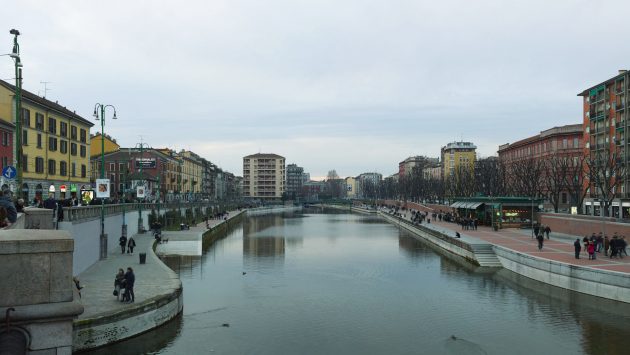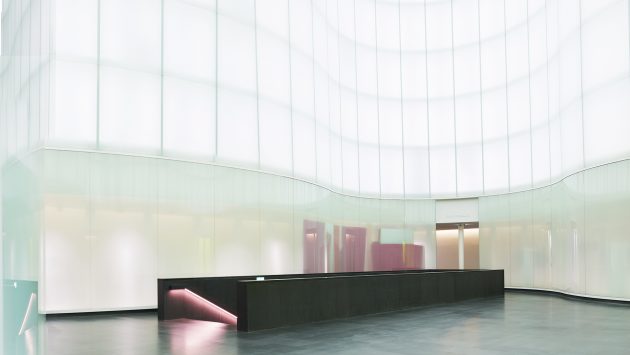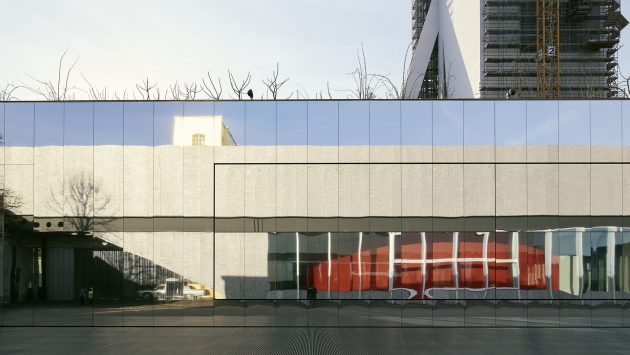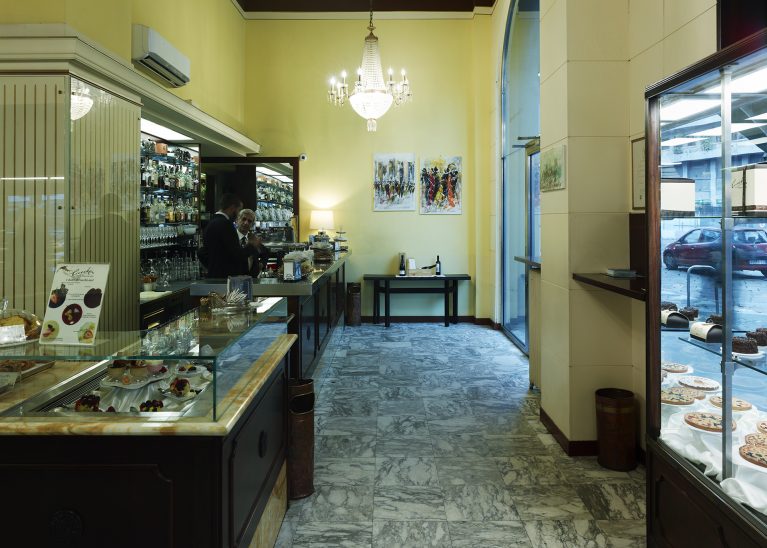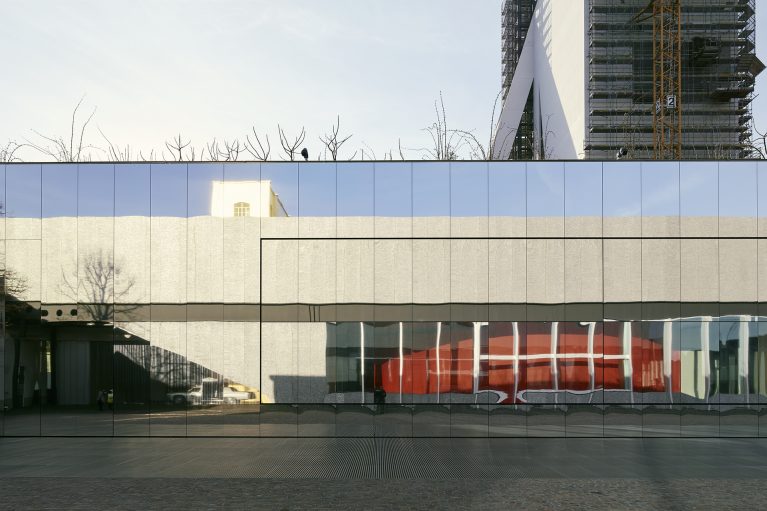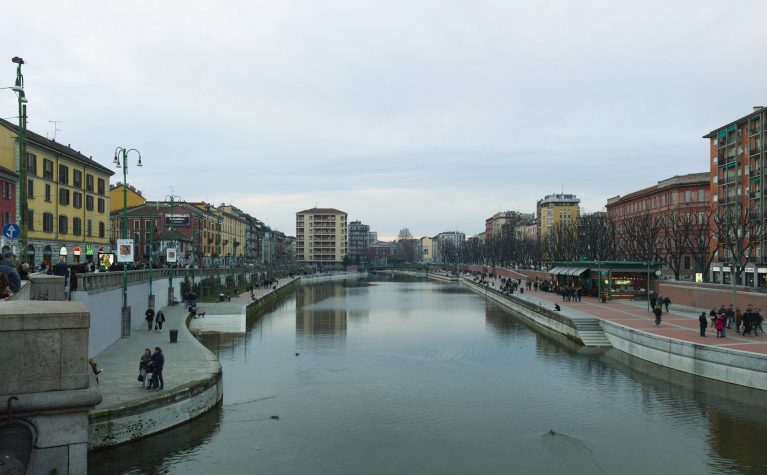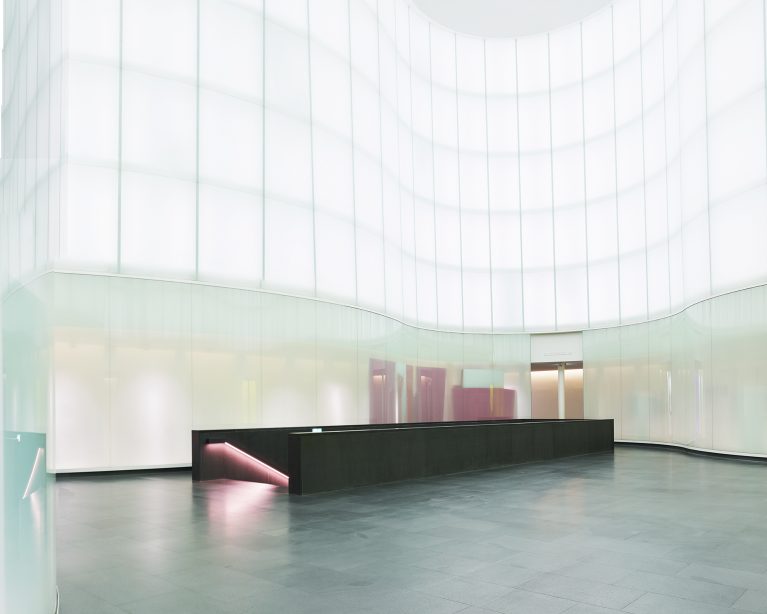itineraries
Discover Milan through the itinerary “A Stroll for Flaneurs”, starting from:
Known for its cool bars and ethnic eateries, this part of Milan lies outside the ring of city gates and is one of the trendiest areas of the city. Bordered on one side by the Porta Genova Station and on the other by the Porta Romana Station, it can be explored with a walk that brushes along the age-old Darsena dockyard with itstwo Navigli canals, and then passes by two new museums which have contributed to Milan’s changing cast of features: the Mudec Museum of Culture and the Fondazione Prada.
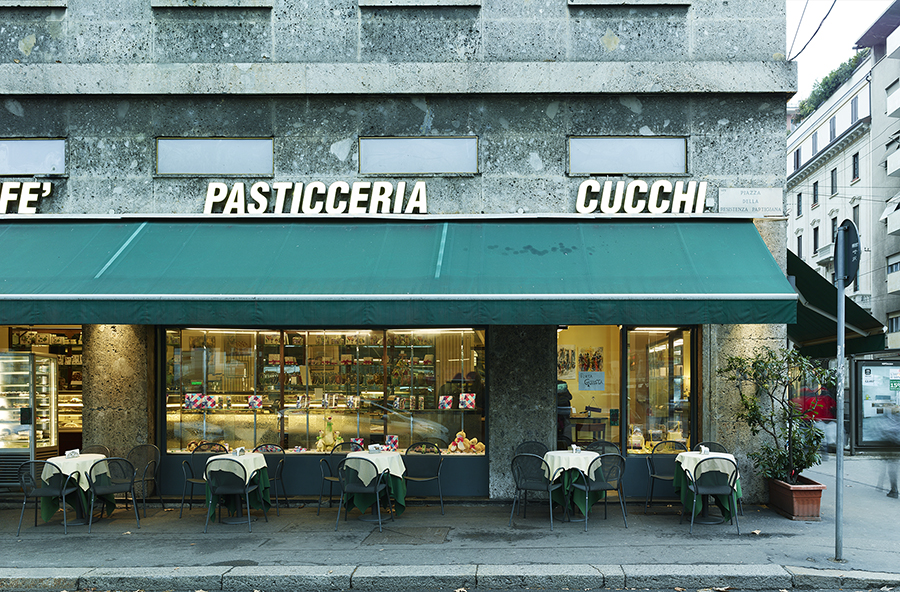
Some people still consider the southern zone of Milan as being on the outskirts, but we are actually still in the city centre. Today, Milan is a metropolis with over six million inhabits, covering an area as big as London or Moscow. Many places, which lots of people still think of as separate towns and villages, should instead be reconsidered as districts: Monza, Melegnano, Saronno, Buccinasco, Rho, etc.
Two new museums have been established in this southern zone of Milan, one public and the other private: the Mudec Museum of Cultures and the Fondazione Prada. They have both attracted notable attention from the international press, partly because they were designed by highly renowned architects with distinguished résumés and large studios. The Mudec (by David Chipperfield) is located near the Porta Genova Station, while the Fondazione Prada (by OMA) lies in the vicinity of the Porta Romana Station. It is important to speak here of infrastructures, because the future of the Metropolitan City of Milan will increasingly depend on their presence and efficiency. The two museums are also similarly sized (measuring about 18,000 m2), with no facades overlooking the street, and both are redevelopments of disused industrial plots.
But they also have many differences. The museum concept pursued by the Mudec is that of a serious, solid and institutional building where one goes to learn, remain perfectly concentrated and speak in a whisper. On the other hand, the Fondazione Prada takes a number of features derived from fashion and transfers them into the field of art. It appears as a temporary collection of mutually contradictory pavilions – some newly built, others pre-existent – which induce us to joke and laugh about architecture and the city. The atmospheres of the two museums are distinctly different.
But together, they neatly encapsulate Milan’s double identity and its ability to be both traditional (or straight) and yet flimsy. The curator Massimiliano Gioni also thinks that Milan has a twofold nature, with its avant-garde utopia on one hand, and the “hard life” of its case di ringhiera social-housing blocks on the other.
It can be informative to spend an hour or so taking a flaneurs-like stroll between the two museums. There are two possible routes, one more urbanistic, the other more architectural. The first route runs further out from the centre and brushes along
a belt railway that could potentially become a circle line. For decades these tracks have been underused, however in years to come the surrounding area is destined to become the subject of political and real-estate discussions. Indeed, along the way one comes across large disused areas that will sooner or later see the construction of roads, houses, offices, shops and open spaces.
The second route runs closer to the centre along the Cerchia dei Bastioni (the ring road leading around the city gates), cutting across part of the centre that is not yet dominated by boutiques. Here, one can still encounter greengrocers’, butchers’ and a little bit of dirt. The way leads by two recent projects, which are significant because they are neither museums nor offices: the peaceful brick redevelopment of the Darsena canal dockyard area (by Jean-Francois Bodin), and the bold concrete extension of Bocconi University (by Grafton Architects).
If you come this way and you’re passionate about antiques, on Sunday mornings (usually the last of the month) you can walk along the Naviglio Grande and find a sizeable vintage street market along the banks of the canal. Between Via Savona and Via Tortona, you’ll come across some of Milan’s most fashionable bars and restaurants, such as the Langosteria with its menu specialised in raw fish, or the Botanical Club where you can sip a cocktail while enjoying the atmosphere of a veritable botanical garden. Or you might prefer a more reassuring option, such as the Osteria del Binari with its delightfully old-style garden and a traditional Milanese menu. One of the hidden gems in this part of the city is 28 Posti, with its chef Marco Ambrosino from the island of Procida who proposes contemporary-style dishes. Another top spot is the Potafiori, a flower shop cum restaurant originating from the creative flair of Rosalba Piccini, a jazz singer and florist who often offers after-dinner entertainment accompanied by the piano. And while it’s never difficult to find a good coffee in Milan, let yourself be carried away by Pasticceria Cucchi or the old-Milan ambiance of Bar Luce, designed by film director Wes Anderson for the cafe of the Fondazione Prada.



